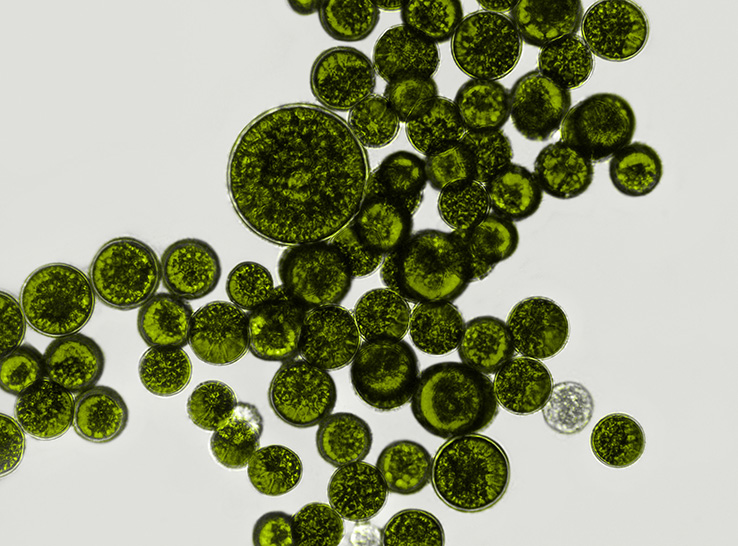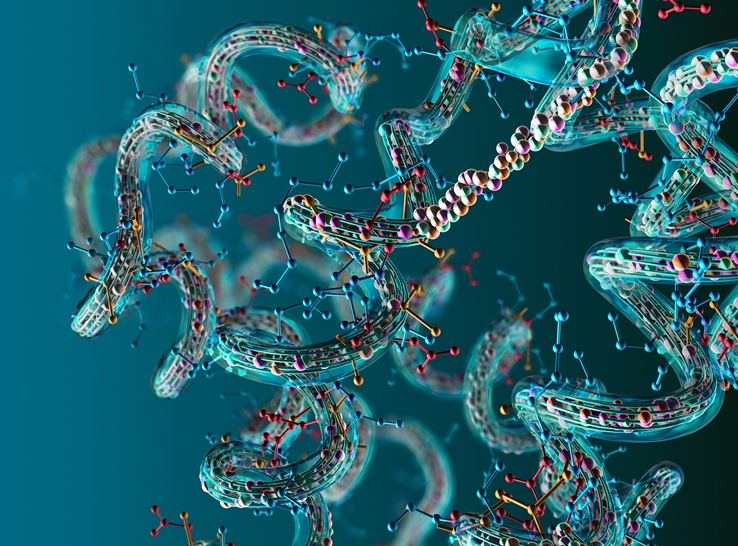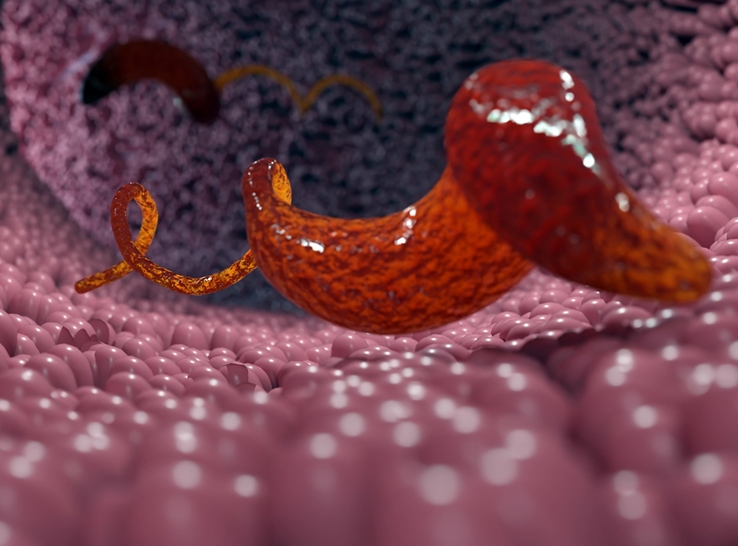Formaldehyde fumigation is a conventional method used to control total environmental microbial counts in the hatchery. However, according to Christine N. Vuong, PhD, a former professor at the University of Arkansas, this method does not differentiate between beneficial or pathogenic microbes.
”Formaldehyde fumigation still provides an opportunity for pathogenic and opportunistic bacteria to colonize the gut, causing a detrimental effect on early chick performance,” Vuong says.
She adds that colonization of beneficial microorganisms in a chick’s gut is essential to inhibiting pathogenic bacteria and fungi growth.
Developing a challenge model
A laboratory-challenge model was needed to overcome the formidable obstacle of comparing specific products to formaldehyde fumigation in a commercial-hatchery setting.
Going into this study, however, there were no published laboratory-challenge models for adequately testing products to control the microbial bloom in the hatch cabinet and promote colonization by beneficial microbes in neonatal chicks.
To evaluate formaldehyde-fumigation alternatives, such as probiotics, and the effects on neonatal pioneer colonization, Vuong teamed with assistant professor Danielle Graham, PhD, and the team at the university’s poultry health laboratory to develop a model containing multiple hatchery-associated pathogens to simulate the environmental contamination that occurs in commercial hatch cabinets during the hatching phase.
Specifically, they wanted to:
- Develop a multi-pathogen hatcher “bloom” challenge model using multi-species field samples collected from commercial hatchers;
- Evaluate the effects of a spray-applied probiotic as an alternative to formaldehyde fumigation using the newly developed multi-pathogen challenge model; and
- Apply Bifidobacterium and lactic acid bacteria in ovo to prevent colonization by pathogenic microbes during hatch, using the newly developed multi-pathogen challenge model.
Study results
Investigators observed that spraying Bacillus amyloliqufaciens solid-state fermentation products into the hatch cabinet altered the microbial-bloom composition and shifted enteric colonization at hatch. However, Vuong reports, it did not result in differences in performance.
In ovo administration of select combinations of lactic acid bacteria, bifidobacteria or both into the amnion at duration of embryogenesis, day 18 reduced enteric colonization by Gram-negative bacteria and Enterococcus spp. It also positively impacted 14-day performance in broiler chickens.
Study results suggest that beneficial microorganisms applied during late embryogenesis (the process of development of an embryo from a zygote) — either into the hatch-cabinet environment or by in ovo injection into the amnion — can promote colonization by beneficial microorganisms and may improve performance in neonatal chicks.
Vuong emphasizes that a multifaceted approach that exposes chicks to beneficial microorganisms before and during hatch will likely be necessary as a long-term solution to replace formaldehyde fumigation. She adds that the pathogen-mix model can be employed to validate commercially applicable approaches of interest moving forward.
“Investigators can use the multi-pathogen laboratory-challenge model we developed to assess alternatives to formaldehyde fumigation in a laboratory setting before evaluating the alternatives on a commercial scale,” Voung says.
The research was funded by USPOULTRY and the USPOULTRY Foundation, thanks in part to George’s Inc.
Editor’s note: Content on Modern Poultry’s Industry Insights pages is provided and/or commissioned by our sponsors, who assume full responsibility for its accuracy and compliance.








